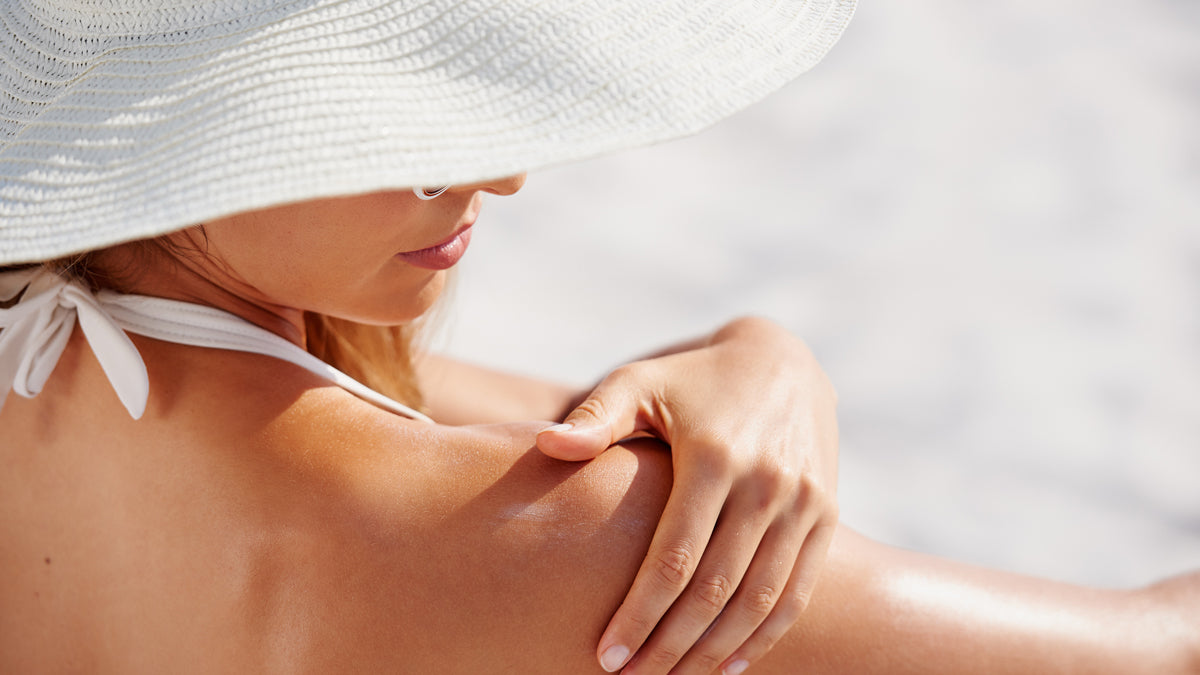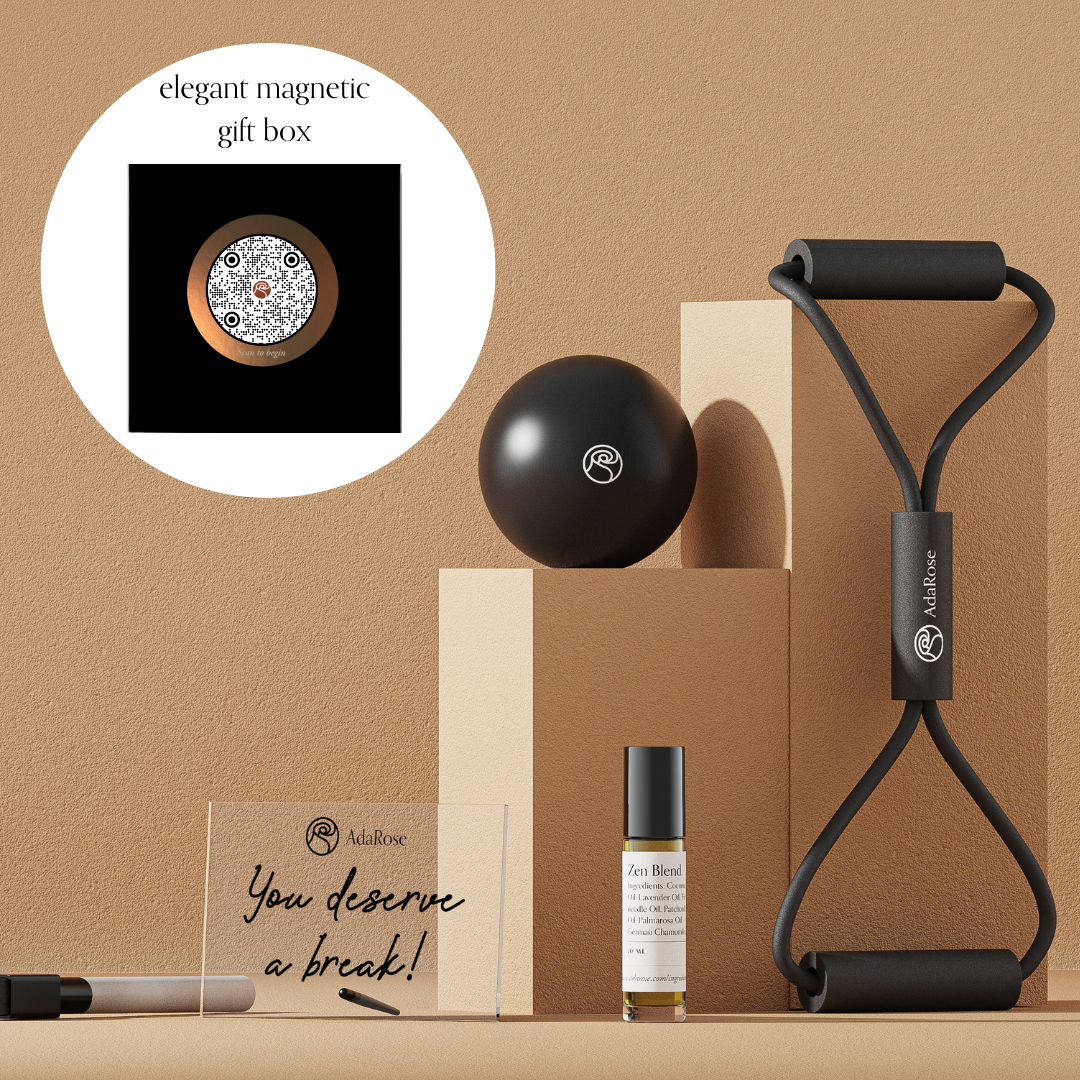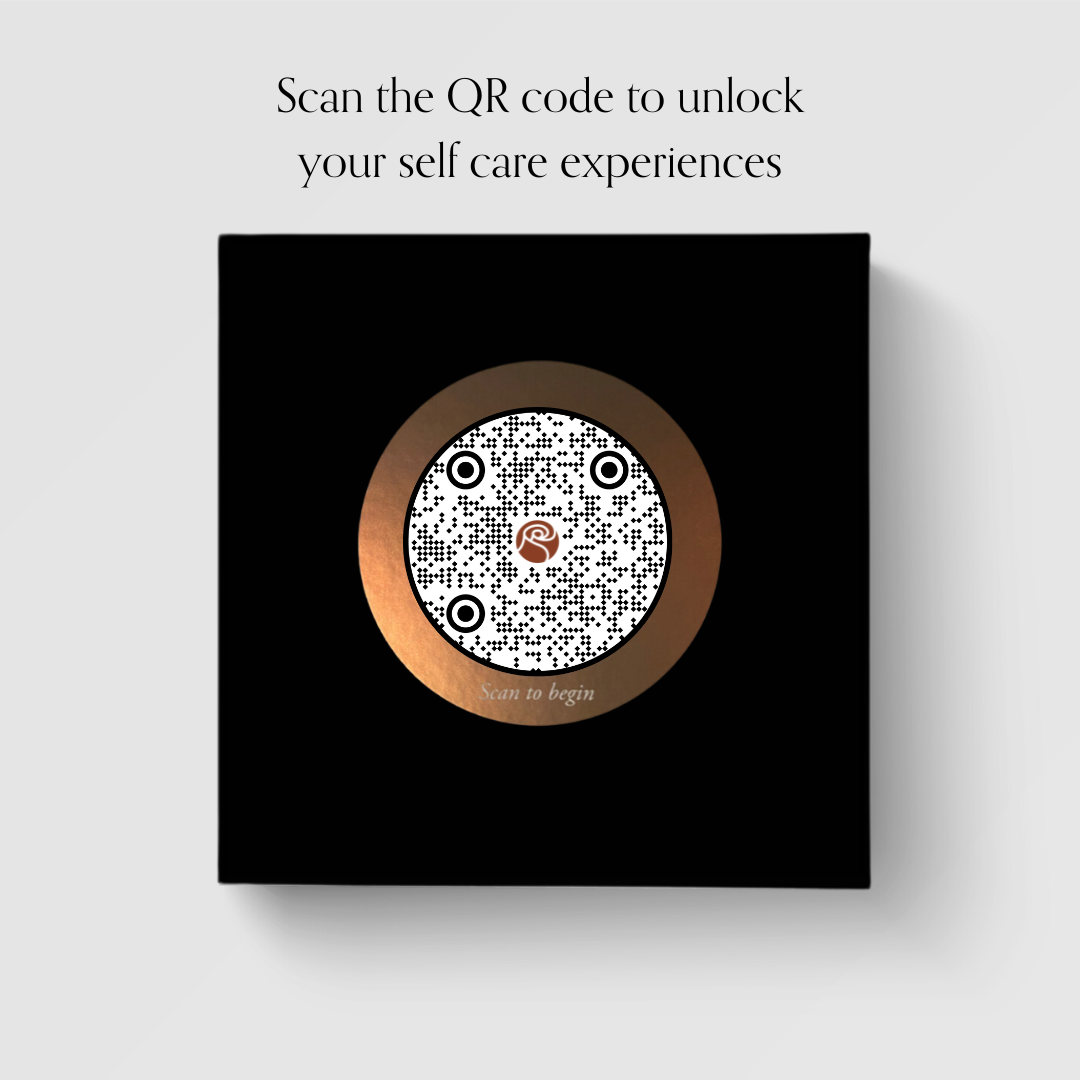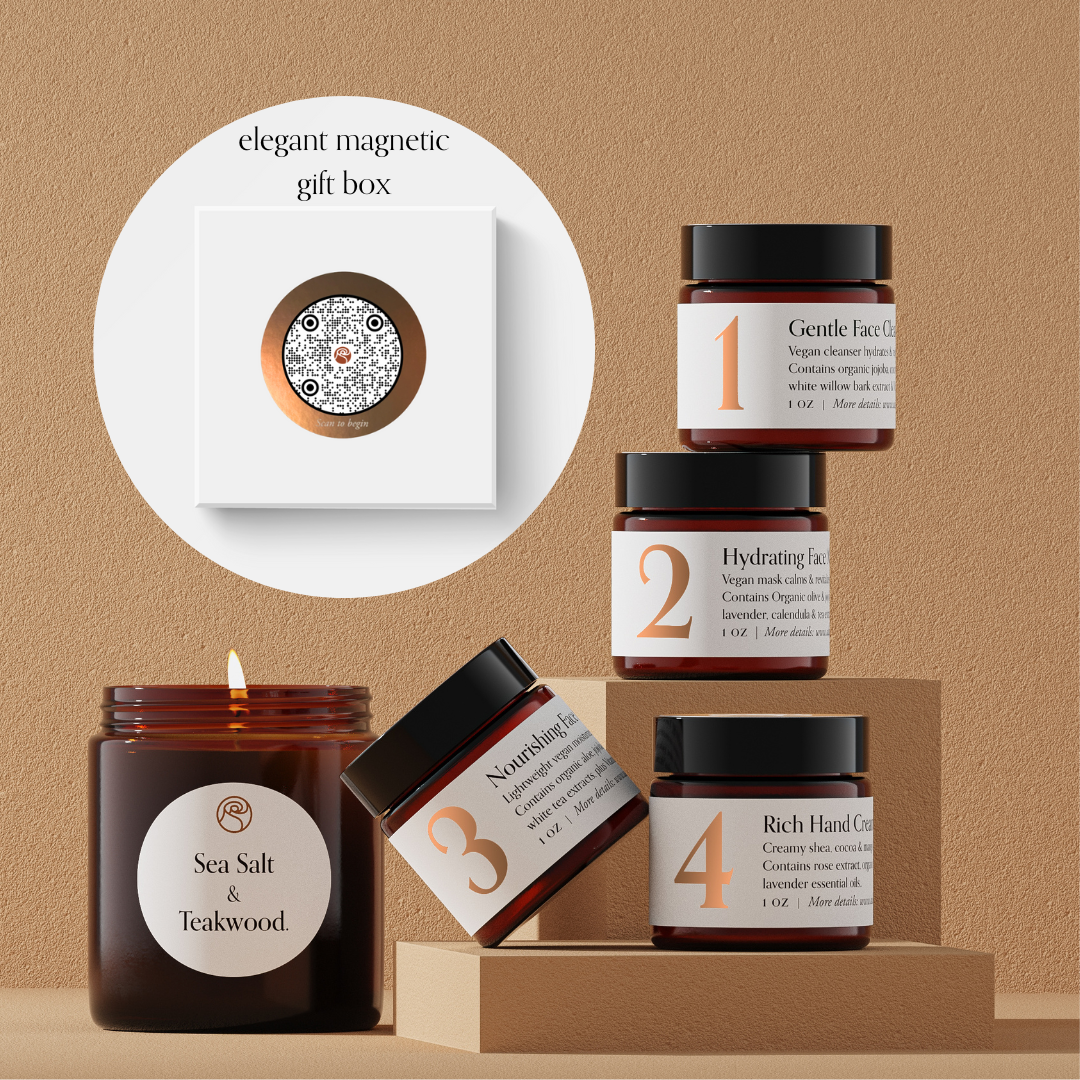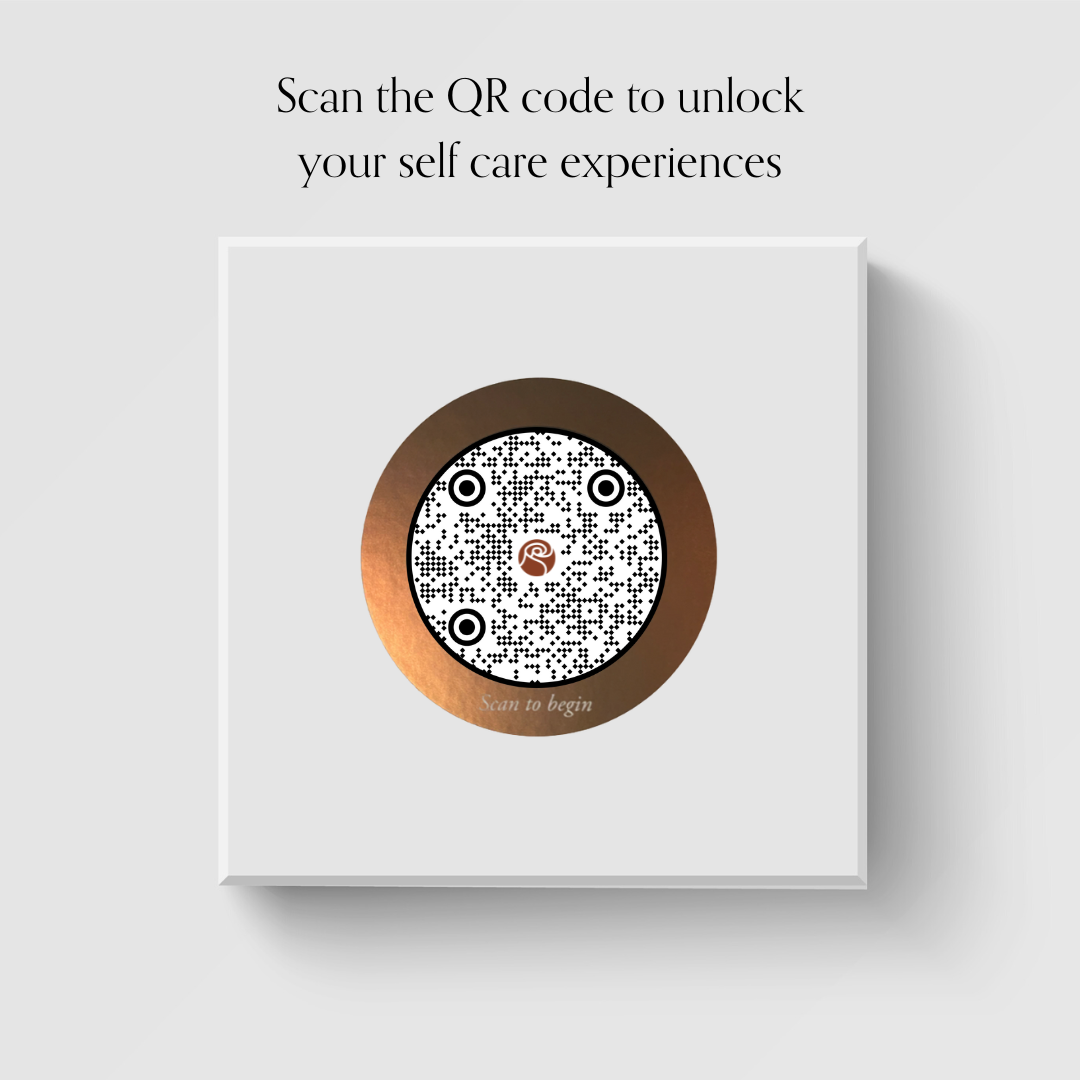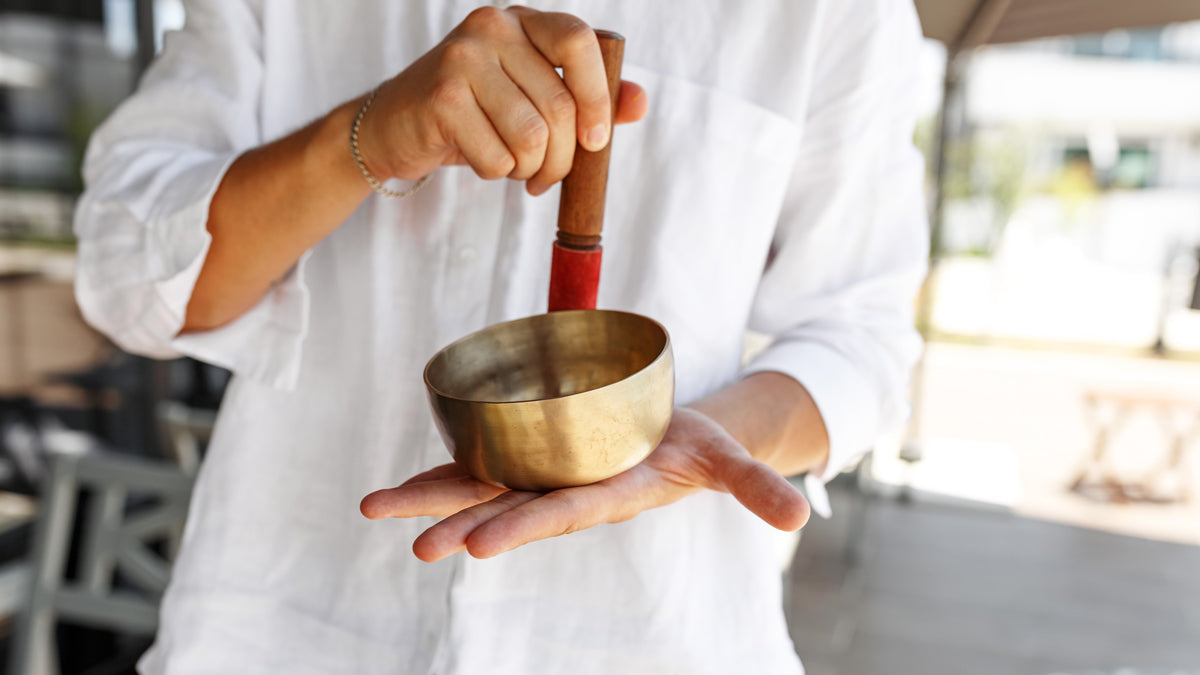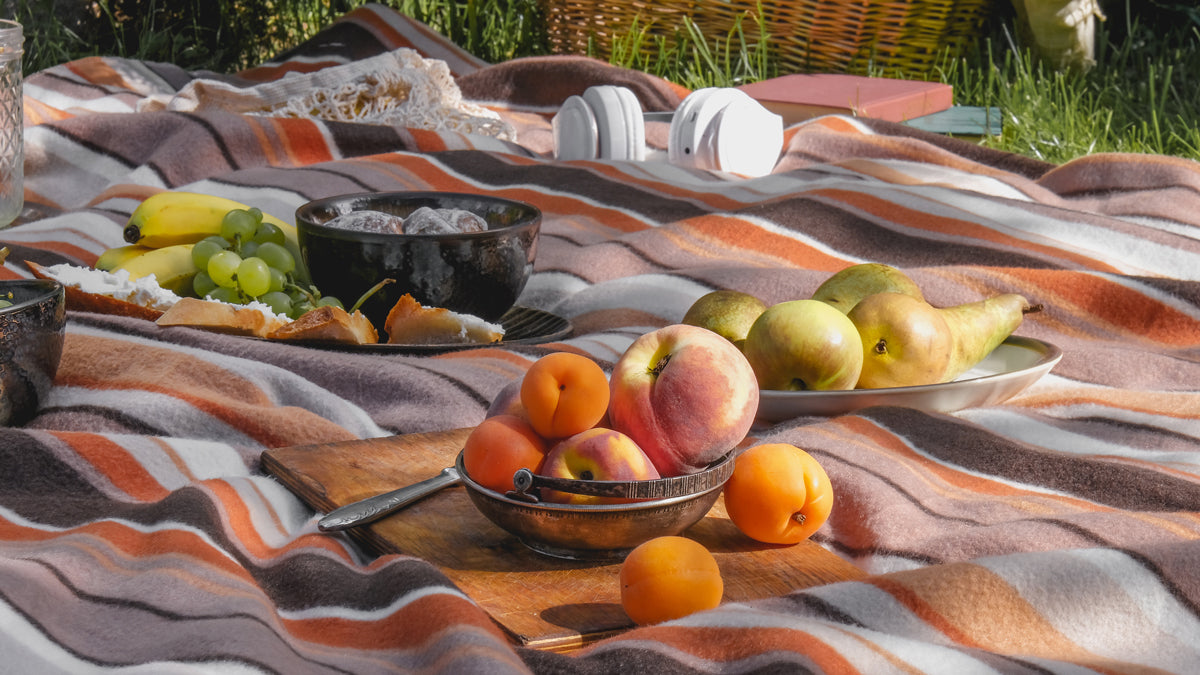We all love the look of glowy, dewy, sun-kissed summer skin. However, let's not forget that the summer can make our skin more susceptible to issues like sunburns, peeling, oiliness, breakouts, and rashes.
While you might have your winer skin care routine figured out, what skin care is best for the summer? Because each of us has a unique skin type, there isn't a one-size-fits-all approach to achieving healthy summer skin.
While we all need to protect our skin from sun damage, plus the effects of irritants like bug bites and chlorine, the best summer skin care products for you will depend on things like your level of sensitivity, oiliness vs. dryness, and age.
How to Take Care of Your Skin in the Summer
Wondering, "How can I keep my skin healthy in the summer?" Start by following the steps below to protect, hydrate, and repair your skin.
1. Wear Sunscreen Everyday (Ideally, Mineral SPF of 30+)
Sunlight exposure gets a bad rap, but the truth is: a small amount of direct sunlight on our bare skin regularly helps us to maintain normal vitamin D levels.
The problem is that too much sunlight, which includes UVA and UVB rays, damages skin and causes signs of photoaging, such as dark spots, redness, and fine lines.
Photoaging isn't just a cosmetic issue; because it causes changes to skin cells, it also increases your risk for developing certain types of skin cancer.
So how do you balance a boost to vitamin D absorption with the need to protect your skin? It’s ok to spend roughly 10 to 20 minutes in the sun each day without sunscreen on your body (consider it a part of your "summer self care" plan). It's ideal to protect your face with SPF, but you can allow the sun to hit your limbs and back to help your body synthesize vitamin D.
The darker your skin tone, the more sunlight you need to make enough vitamin D (though there are also other complementary ways of getting it, like dietary supplements). Regardless of your skin color, you can lower your risk of sunburns by staying out of the sun when its rays are strongest, between about 10am and 4pm.
Because our faces are most likely to develop noticeable signs of hyperpigmentation and wrinkles first, it's recommended that everyone wear an SPF of 30+ on their face every single day, starting in the morning.
Many dermatologists now suggest choosing mineral sunscreens over chemical sunscreens. Mineral sunscreens, which are made with ingredients like zinc oxide and titanium dioxide, sit on top of the skin's surface and form a protective barrier that stops UV rays from penetrating.
This type of SPF works differently than chemical sunscreens—which contain ingredients like avobenzone, homosalate, octinoxate, octisalate, octocrylene, oxybenzone. Because it isn't absorbed into the skin's pores, mineral sunscreen is potentially safer to use long-term.
2. Cleanse, Exfoliate, and Moisturize
Given that our skin tends to be generally oilier in the summer, and often sweatier as well, wash your face twice daily (morning and night) and your whole body everyday. This helps to remove sweat, bacteria, oil, dirt, and makeup from your skin which can otherwise clog pores and cause zits, dullness, and other issues.
Use a gentle cleanser that's free of fragrances and harsh ingredients, including parabens, fragrances with phthalates, sodium lauryl sulfate, propylene glycol, and paraffin. If you're prone to breakouts, look for cleansers with salicylic acid, tea tree oil, and alpha-hydroxy acids (AHAs) such as alpha lipoic acid.
Other beneficial ingredients to look for in cleansers include: aloe leaf juice, rooibos, rosehip, and jojoba seed oil, all of which you'll find in the skin care products inside the AdaRose Spa in a Box or the AdaRose Spa on the Go.
Treat your cleansing time like a mini facial, as you massage your face to help improve lymphatic drainage and circulation. You can even "double cleanse" your face for even more pore clarifying effects.
Next: on to exfoliation and facial masks. AHAs, which are "chemical exfoliants," are a great exfoliating option for all skin types because they help remove debris from inside pores, allowing other products to penetrate the skin better. Using face masks, gentle microdermabrasion scrubs, or sugar scrubs about twice per week also helps to remove dead skin cells and brightens the skin tone.
After cleansing and exfoliating your skin, apply any serums you're using first, then a thicker moisturizer to lock in hydration. Look for moisturizing creams or lotions with ingredients such as ceramides (good for extra dry skin), glycerin, jojoba oil, hyaluronic acid, olive fruit oil, carrot oil, and palm oil. For the best hydrating effects, use a moisturizer twice daily, right after cleansing or wetting your skin in the morning and evening.
3. Give Antioxidant and Anti-Aging Treatments a Try
If you're looking for extra anti-aging support, whether to reduce uneven tone or texture, try adding other skin care products to your routine, such as:
-
Vitamin C serum (helps to correct sun damage and prevents skin damage)
-
Hyaluronic acid serum (for added plumping and moisture)
-
Niacinamide/vitamin B5 (to brighten and reduce discoloration)
-
Vitamin A/retinol (to fight wrinkles and acne)
These are considered some of the most effective skin care ingredients found in over-the-counter lotions and creams. Don't forget to apply these products to your neck and hands, too!
Always use anti-aging skin care products on clean skin, underneath thicker moisturizers, ointments, and sunscreen. And be extra careful to avoid too much sun exposure when using antioxidant and anti-aging products, especially retinol, since they tend to make skin more photosensitive.
4. Treat Rashes and Bug Bites with Essential Oils
If spending some time in nature is part of your summer self care routine, unfortunately you're likely to deal with pesky bug bites. The good news is you don't have to spray yourself with chemicals to deter bugs; many essential oils naturally repel bugs due to their strong scent.
To keep bug bites at bay, use essential oils including: citronella, lemon, garlic, cinnamon, lavender, peppermint, thyme, and eucalyptus.
Look for essential oils online or in health food stores; they're found in many outdoor candles or you can use them to make homemade bug or room sprays. To do so, mix the oils with some water, dab a couple drops on your skin, or diffuse them in your home to repel insects and other pests.
Another use for essential oils in your summer skin care arsenal is treating rashes caused by poison ivy or other irritating plants. A few drops of lavender, calendula, or chamomile essential oil mixed with coconut oil is a natural remedy for itchy, inflamed skin (technically called “contact dermatitis”).
Bonus: Eat a Nutrient-Rich Diet and Stayed Hydrated
Applying the right products to your skin can do wonders. But the importance of treating your skin well from the inside out shouldn't be overlooked. Some of the best nutrients for skin health to emphasize in your sustainable diet, regardless of the time of year, include:
-
Vitamins C, E, and A, which have antioxidant effects that protect the skin against free radical damage (one of the main contributors to signs of aging).
-
Zinc, which helps with healing wounds and may be useful for treating acne.
-
Omega-3 fatty acids, the type of healthy fats found in oily fish such as salmon, which have anti-inflammatory effects, as well as moisturizing properties.
-
Collagen, a type of protein taken in powder form that helps to maintain skin’s elasticity.
-
Of course, drinking lots of water is key, too. Carry around a big water bottle to remind yourself to stay hydrated.
Foods and supplements that are good for your skin can contribute to overall well-being and help you to own your health—plus they taste great, too! For example, collagen supports healthy joints and gut function, while vitamins E and C are important for circulation and immune support.
Which foods should you include in your summer skin care routine? Focus on "eating the rainbow" to obtain plenty of antioxidants, as well as healthy fats and enough protein from foods such as leafy greens, broccoli, onions, bell peppers, berries, garlic, citrus fruits including oranges, kiwi, nuts, seeds, avocado, fish, and spices such as turmeric and ginger.

